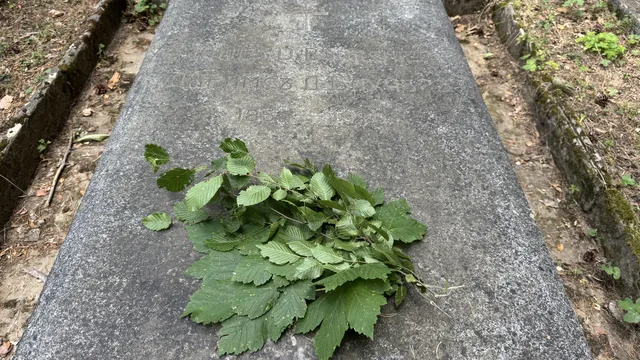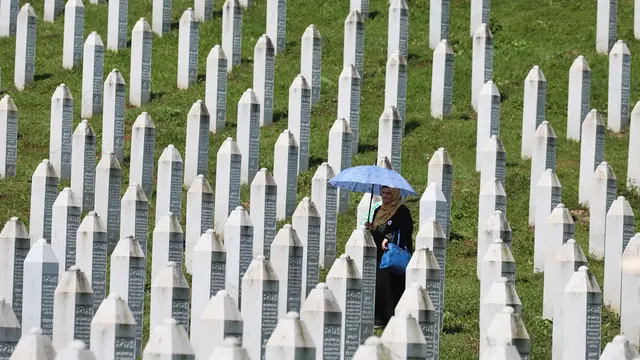Every year on Good Friday, the world witnesses reenactments of the Passion of Christ. The scenes are steeped in drama and ritual. While the Philippines is best known for flagellation and crucifixions, similar rituals exist in other countries around the world.
In the Philippine cities of San Fernando and Cuta, some believers voluntarily undergo a real crucifixion - with real nails and blood - in search of redemption and repentance. The Catholic Church's disapproval did not stop the tradition.
Mexico City's Ishtapalapa neighborhood becomes the scene of a mass reenactment of the Stations of the Cross. The main participant walks a long route with a heavy wooden cross surrounded by hundreds of Roman soldiers, but is not actually nailed.
Guatemala is famous for the lavish processions in Antigua. There, pilgrims carry elaborate floats with religious scenes on them, on carpets of coloured sand and petals. The crucifixes, however, are symbolic.
In Spain, especially in Andalusia, Holy Week is celebrated with dramatic processions led by religious brotherhoods. In Seville and Málaga, figures of Christ and the Virgin Mary parade through the streets in sepulchral silence or to the sound of mournful music. Despite the visual splendour, there is no actual crucifixion.
In Rome, the Colosseum becomes the scene of a spiritual pilgrimage - the Pope leads the "Via Crucis" - the Way of the Cross of Christ, without theatrics, only with word, silence and prayer. | BGNES, AFP

 Breaking news
Breaking news
 Europe
Europe
 Bulgaria
Bulgaria







